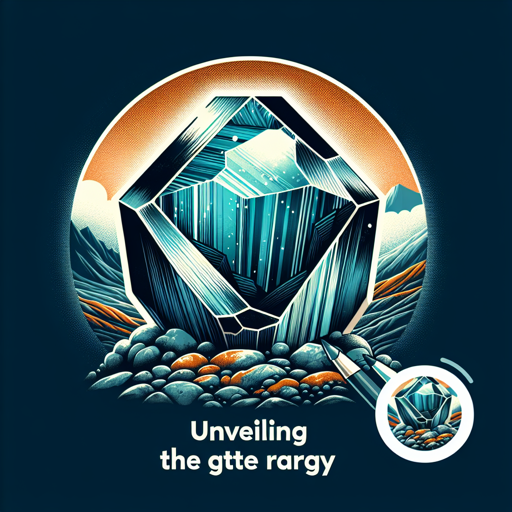Unveiling the Rarity of Painite
An exploration into what makes Painite one of the rarest and most coveted minerals on Earth

Introduction
In the world of gemstones and minerals, rarity often equates to value. Among these precious treasures of the Earth, Painite holds a position of unique distinction. Once considered the rarest mineral on Earth, the story of Painite is as fascinating as its characteristic deep brownish-bordeaux colour. This article delves into the enigmatic world of Painite, exploring what makes this mineral extraordinarily rare and highly coveted.
The Discovery of Painite
Painite was first discovered in the early 1950s by British gemologist Arthur C. D. Pain. The mineral was so rare that by the late 20th century, only two specimens were known to exist in the world. Its rarity and unique chemical composition making it a subject of great interest among mineralogists and gem enthusiasts alike.
The Alluring Characteristics of Painite
Painite is a borate mineral, with a complex chemical composition that includes aluminium, boron, zirconium and a dash of calcium and oxygen. Its hexagonal crystals, which range from dark brown to a deep bordeaux, are both visually striking and scientifically intriguing.
“In the world of minerals, Painite is a true rarity, a gem whose mere existence is enough to set hearts aflame and minds racing.” - Gemologist, Arthur C. D. Pain
| Characteristics | Description |
|---|---|
| Color | Dark Brown to deep Bordeaux |
| Crystal system | Hexagonal |
| Chemical composition | Calcium, Aluminum, Boron, Zirconium, Oxygen |
| Refractive Index | 1.787 - 1.816 |
| Specific Gravity | 4.00 - 4.03 |
| Hardness (Mohs scale) | 8 |
The Rarity of Painite
The rarity of Painite can be attributed to its unique chemical composition and the specific geological conditions required for its formation. For many years, it was only found in Myanmar’s Mogok region, known for its complex geology conducive to the formation of rare gemstones. However, the discovery of new Painite specimens in recent years in other parts of Myanmar and in Afghanistan suggests that our understanding of this mineral is still evolving.
Conclusion
In the realm of minerals and gemstones, Painite continues to intrigue and fascinate. Its rarity, unique characteristics, as well as the conditions required for its formation, make it a captivating subject of study. As we continue to explore the depths of our planet, who knows what other rare and beautiful treasures we may find?
For more information on Painite, check out The Gemological Institute of America for an in-depth study on this rare mineral.